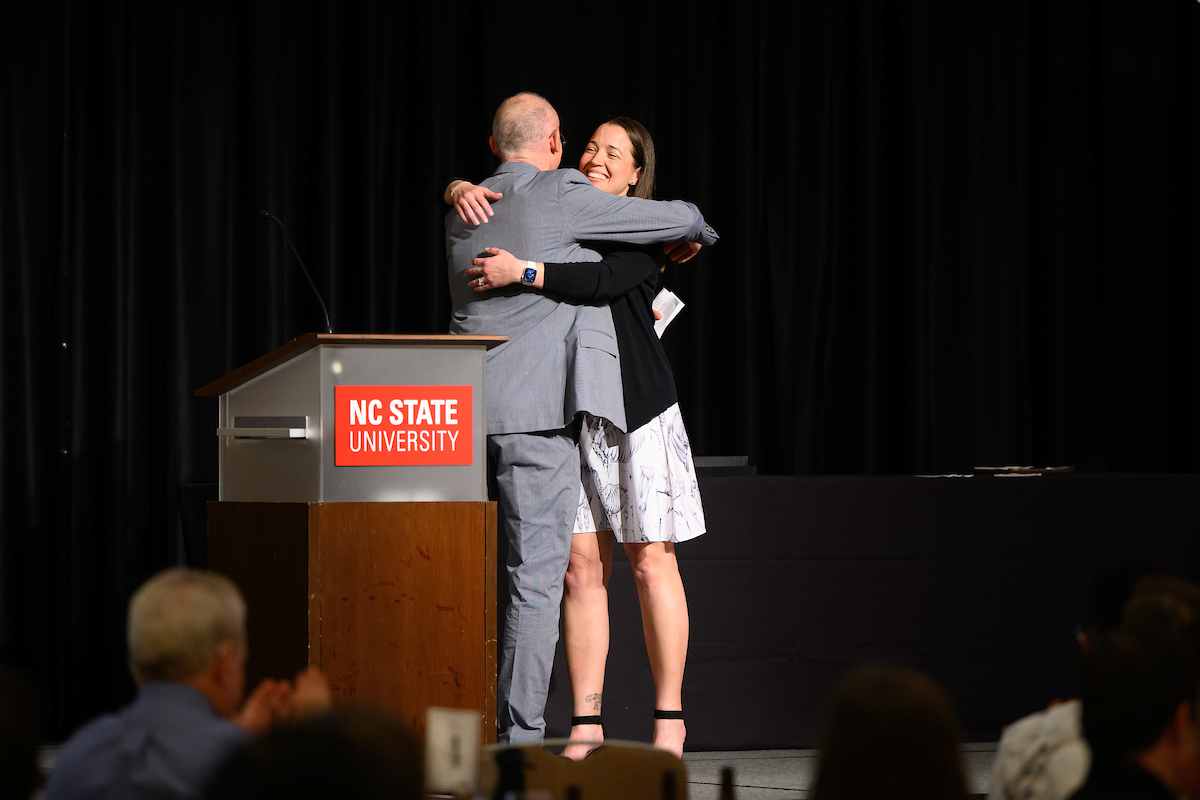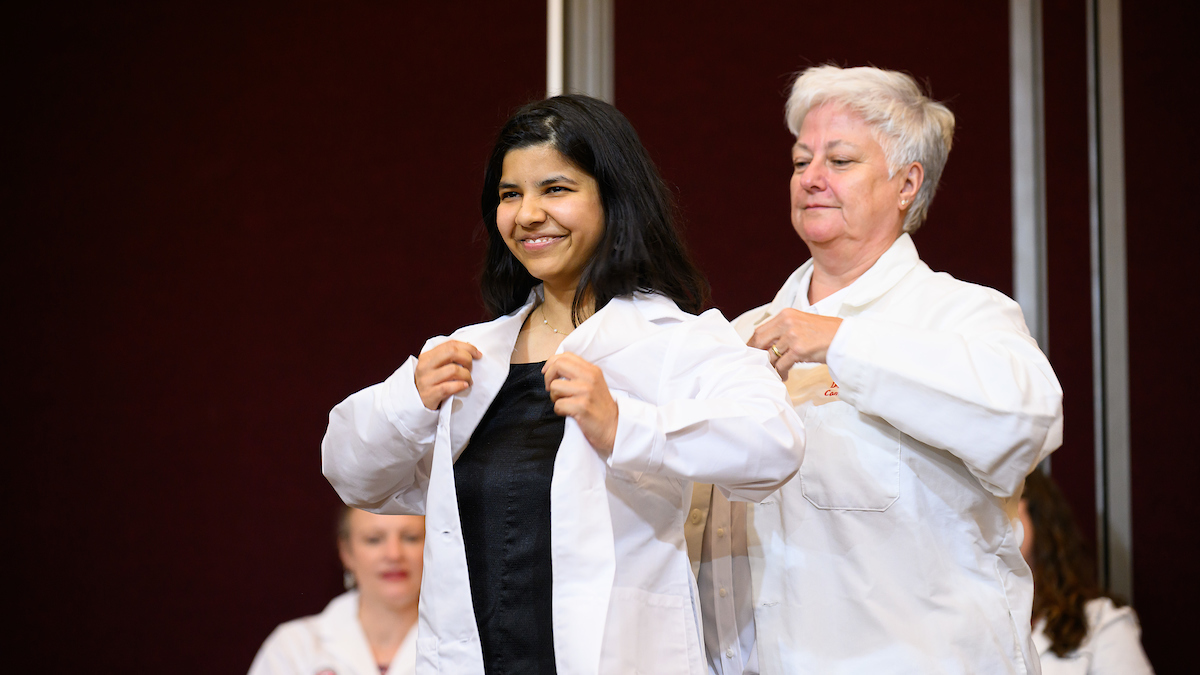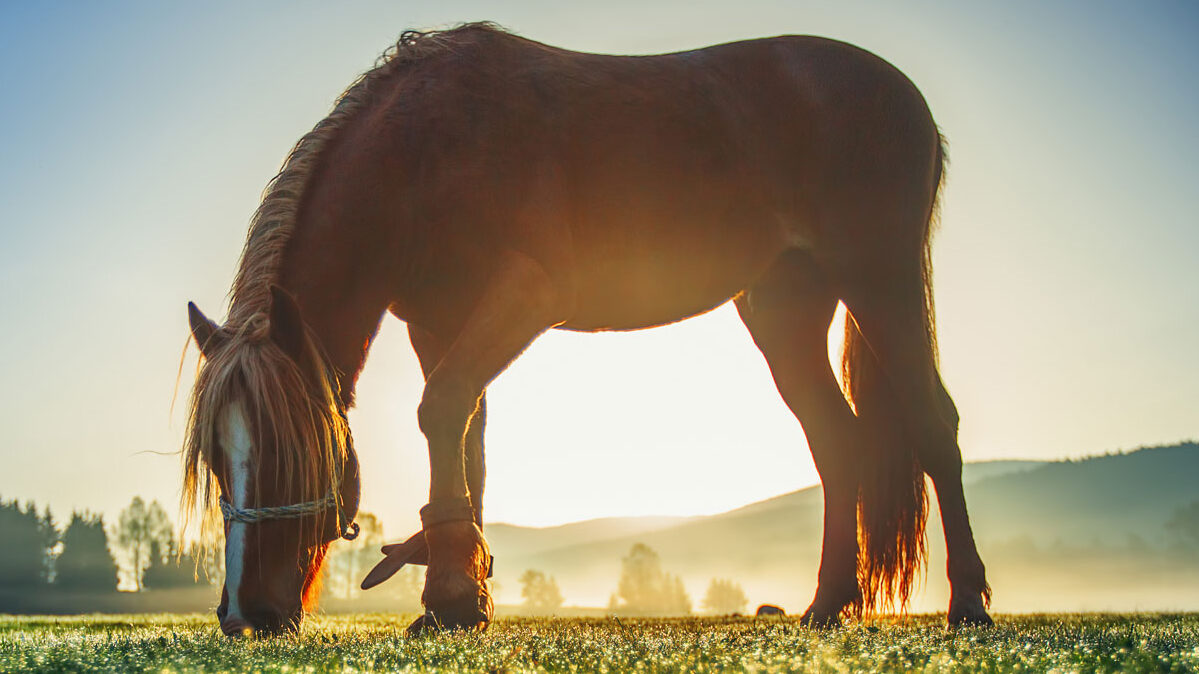New Equine Hospital, Dairy Barn in the Works at NC State Veterinary Medicine
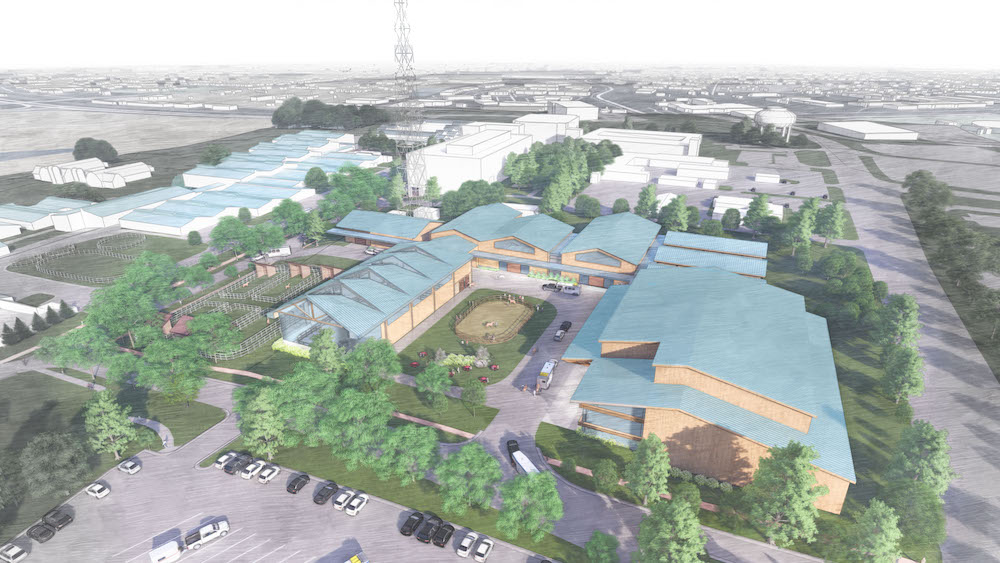
Two new projects at the NC State Veterinary Medicine, long championed by CVM Dean Paul Lunn, will drastically expand the college’s equine service and modernize the iconic Teaching Animal Unit’s dairy barn.
Construction on the $5.5 million dairy barn upgrade is expected to begin before the end of the year. Architectural plans for the new equine hospital, which will be built adjacent to the existing equine service building on the CVM campus, may also be available by the end of the year, says Lunn.
About $40 million of the $80 million needed for the equine hospital has been raised.
Lunn, who will step down as dean in January, talks about the importance of the two projects and what they mean for the future of the CVM.
You’ve long stressed the importance of a new equine hospital for the CVM. Why has it been a priority of yours?
The success of this college has always depended on world-leading clinical excellence, and to achieve that we need state-of-the-art facilities. We have created an ambitious plan for a radically new facility that will really deliver in the longer term. We will create an equine clinical campus that recognizes and supports the growing equine industry, with purpose-built, state-of-the-art buildings and spaces.
The project cost will be over $80 million, and we have identified funding for half of that amount already. It will be an extension of our campus and complement the Randall B. Terry, Jr. Companion Animal Veterinary Medical Center.
This is the No. 1 construction priority for the college. All of our hospital spaces, with the exception of the equine and food animal veterinary clinic, have been renovated or replaced since the opening of the college.
While the original equine and food animal veterinary clinic has served us well, the buildings no longer support the kind of modern practice that the equine industry, clinical education and research demand.
What will be the biggest changes?
We’re going to be able to create spaces that will support contemporary equine veterinary care for decades to come and add critically important research space to support our clinical scientists.
We will also free up spaces within the existing building to expand current activities like the MRI service and the rehabilitation equine facility and also expand and renovate the food animal hospital.
How important is our equine medicine service to North Carolina and the surrounding region?
We have one of the strongest equine hospital practices on the East Coast. We have a long and storied history of being a world leader in equine gastrointestinal disease, particularly colic.
We’re a referral center that has an extensive surgical and medical practice, but we’ve also extended that to ensure that we deliver world-class care for sports horse injuries, that we provide intensive care of neonatal foals and that we address a wide range of other equine medical problems.
We have a fantastic department of theriogenology, or reproductive medicine, within our equine service. In fall 2019 we opened a state-of-the-art equine reproductive clinic at Reedy Creek, which is really the first phase in creating our new equine hospital system.
How will the extension of our equine hospital system benefit the equine industry in North Carolina?
The role of the horse in society continues to evolve and expand. There’s a renewed interest in the impact of the human-animal bond, which has been emphasized by how important animals have been as we continue to live through the pandemic.
But as we live in increasingly urbanized and suburbanized environments, people are crying out for the opportunity to interact with animals in different ways.
Horses have a unique relationship with American society. People value the horse enormously; they enjoy that relationship. You see this demonstrated in a variety of ways, everything from having a rock star’s daughter turn out to also be a world-class Olympic competitor to the many people for whom interaction with horses is therapeutic.
Being able to take care of all of these different horses, from the elite competitor to the companion horse or pony, is what we are all about and why we need a different set of facilities.
A lot of our new equine focus is primarily driven by the sports horse, the horse that people use for athletic activities. We need to have a modern facility to continue working with those animals to understand their diseases, diagnose them and continue to provide intensive care for acutely ill animals.
How significant is this moment where we are now, to be at that $40 million mark and being able to move forward with architectural plans?
I think this is enormous. I think this is an indication that our major donor, the R.B. Terry Charitable Foundation, and university leadership have accepted the critical importance of acting now to build this facility.
Our reputation as a veterinary science leader is significantly dependent on the strength of our clinical practice. We currently have world-class faculty working in circumstances that are ready for improvement.
We have to provide our clinicians and researchers with the kinds of tools they need to sustain the quality of their work if we expect them to deliver for us and to stay with us — and to be able to attract the very best students.
Our graduates who go into the horse industry have an enormous impact on sustaining that industry, especially in North Carolina.
Being at this landmark, but knowing we still need another $40 million, what is it going to take to accomplish our goal?
We’re certainly always looking for donors who want to partner with us, but we are also looking to the state of North Carolina for support. The equine industry is a very important component of agriculture in North Carolina. It’s a growing and diversifying part of our state.
We can’t really expect the equine industry to thrive if we don’t make this investment now.
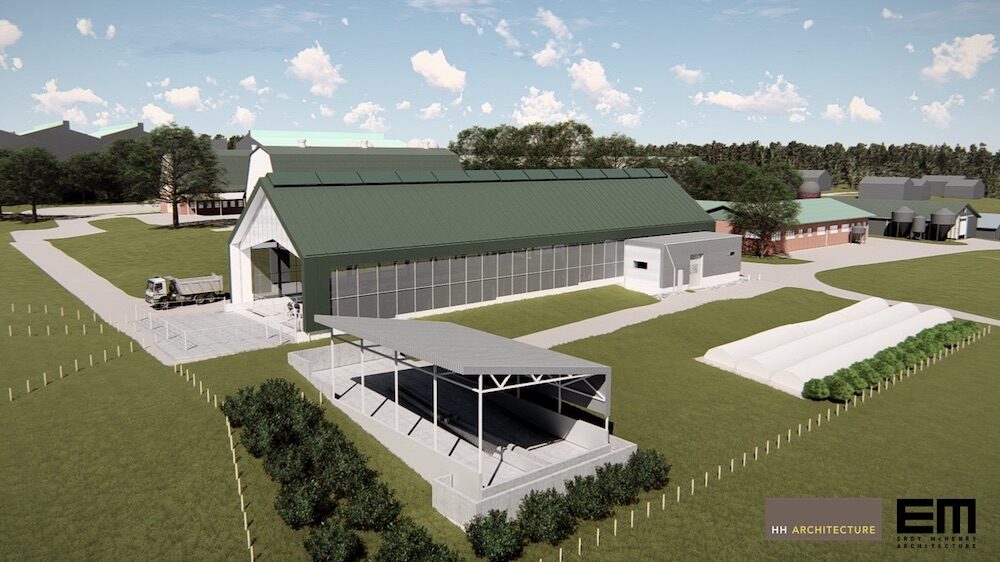
The dairy barn has also been an ongoing focus. Why?
Our teaching farm, the Teaching Animal Unit, is a signature program for the NC State College of Veterinary Medicine. It is featured very highly on our student and alumni lists of their most memorable experiences and favorite elements of our veterinary program — and rightly so.
Food security is a central responsibility of veterinarians and this profession — assuring society that their food is safe and that animal welfare standards are sustained. This college is uniquely fortunate in having a farm that is immediately adjacent to the college.
It’s what we see through our windows into our backyard each and every day.
It reminds us not only of the CVM’s legacy but our current responsibility. Dairy production remains one of the most important components of animal production in North Carolina, in the United States and in many parts of the world.
The skills we teach within dairy health are applicable to many aspects of animal production. It’s vital that we have a dairy program here.
What do we need in a new dairy barn?
I think it’s part of the foundation of much of what we do on the farm. What we need is a dairy barn that allows us to demonstrate the most contemporary production practices that, above all, provide a healthy environment for cattle and a safe place to produce milk. That’s what this new construction will give us.
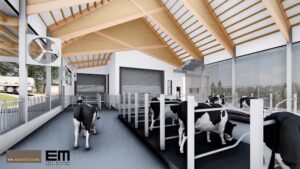
What is the TAU’s role in the veterinary education we provide our DVM students?
The farm demonstrates contemporary agricultural production processes for all our students, and it also emphasizes environmental enhancements that improve animal welfare.
The farm gives students the opportunity to participate in normal husbandry practices and in normal preventive health practices, for example, learning how to collect a milk sample for microbiological examination and how to handle a cow safely.
It’s important, particularly for students who have had limited exposure to the dairy industry, for them to gain experience so that they can appreciate that it’s accessible to them as a future career path.
What does it provide students who may not be focused on farm animal medicine?
Even if a student’s goal is to work in a different component of veterinary medicine, it’s essential that our students understand the role of the veterinarian in that agricultural setting.
Should there ever be, for example, a foreign animal disease crisis such as foot and mouth disease in this country, many veterinarians who normally do not work in production animal medicine would be temporarily transferred to infectious disease response.
All of our students need a foundational understanding of animal husbandry for all species.
~Jordan Bartel/NC State Veterinary Medicine
